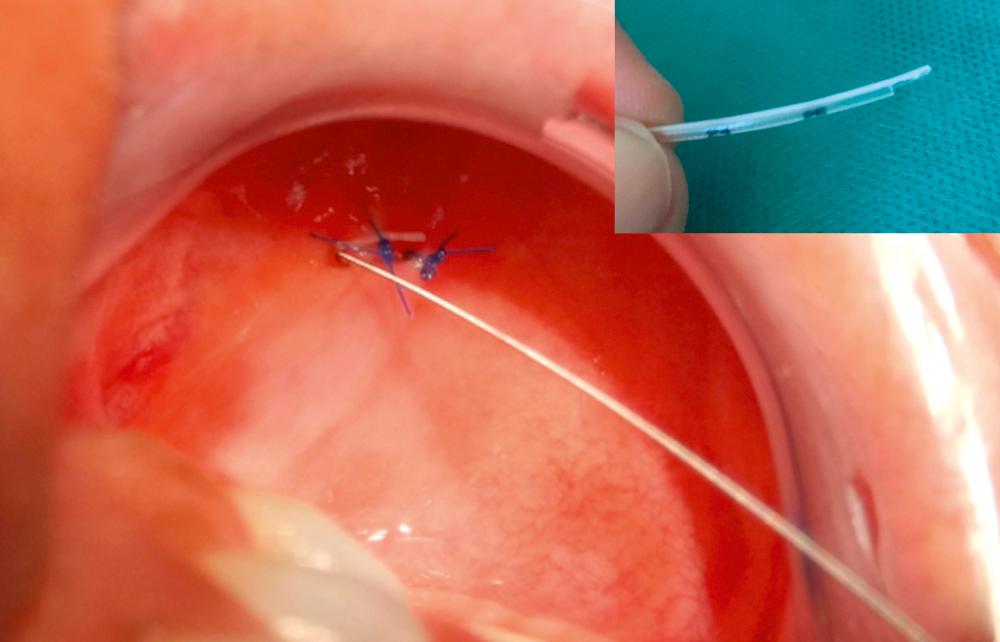Physical Address
304 North Cardinal St.
Dorchester Center, MA 02124
After procedures for stone retrieval, both stent placement and performing a marsupialization reduces the risk of stricture to the duct or papilla. Salivary flow during the healing process is also maintained. Stenting is generally recommended after combined approaches, but is not necessarily the rule after uneventful endoscopic stone removal, except in cases where a complication arises or a case associated with stricture.
Several salivary stents have been developed, but not all are available in all countries. These stents include those made by AD Tech Med, Hood Laboratories (Walvekar Stent, Schaitkin Stent), and a prototype soon to be manufactured by the Storz Company.
Currently, the author uses feeding tubes utilized by neonatology for tube-feeding. These exist in three different sizes: 4, 5, and 6 (1.2, 1.5, and 1.8 mm). The length should be measured and strictly adapted to each case. The internal tip is beveled to ease the introduction. The opposite tip is modified by removing a half diameter of the tube on the last 4 or 5 mm, to create a small fin. The sutures, which fix the stent to the floor of mouth, are passed through this fin and not through the tube, thus avoiding blockage or reducing the salivary flow ( Fig. 25.1 ).

Become a Clinical Tree membership for Full access and enjoy Unlimited articles
If you are a member. Log in here